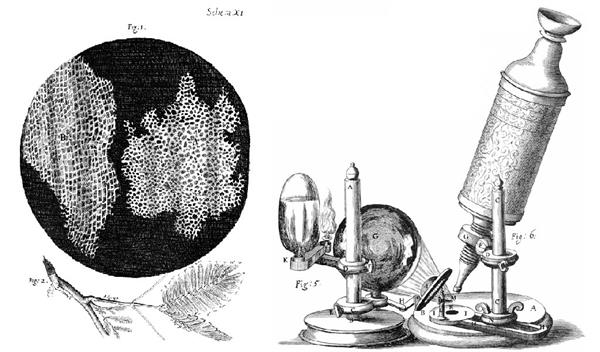PDF chapter test TRY NOW
If we see a house, we perceive the place as a whole thing. But if we see it closely, we can see the bricks with which the entire house is built. Similarly, every organism we see around is made up of a basic building unit called a cell.
The study of the structure and composition of the cell is known as cytology. The body of all the organisms made up of tiny microscopic units that carry out every process makes the organisms a living entity. Such a structural and functional company of living body is called a cell.
What are living things made up of?
All living things are consists of small units called cells; cells are the smallest structural and functional unit of an organism.
Who discovered it?

Robert Hooke's microscope
In Latin cell means a little room. Robert Hooke, a well-known scientist, had a self-designed microscope in \(1665\), he got a chance to observe a cork.
Cork is a substance which is made from the bark of the tree. The cells Robert Hooke saw in a cork are dead cells.
How he discovered it?
While observing it, Robert Hooke noticed a honey-comb structure with little compartments; he called it a cell. It was the very first time in human history that someone had observed that living things appear to consist of separate units.
Important!
Basic characteristics of cells:
- Cell can replicate independently.
- It contain genetic information.
- It can able to withstand all life-sustaining activities on their own.
Reference:
https://upload.wikimedia.org/wikipedia/commons/3/3f/Hooke-Microscope-cork.jpg
